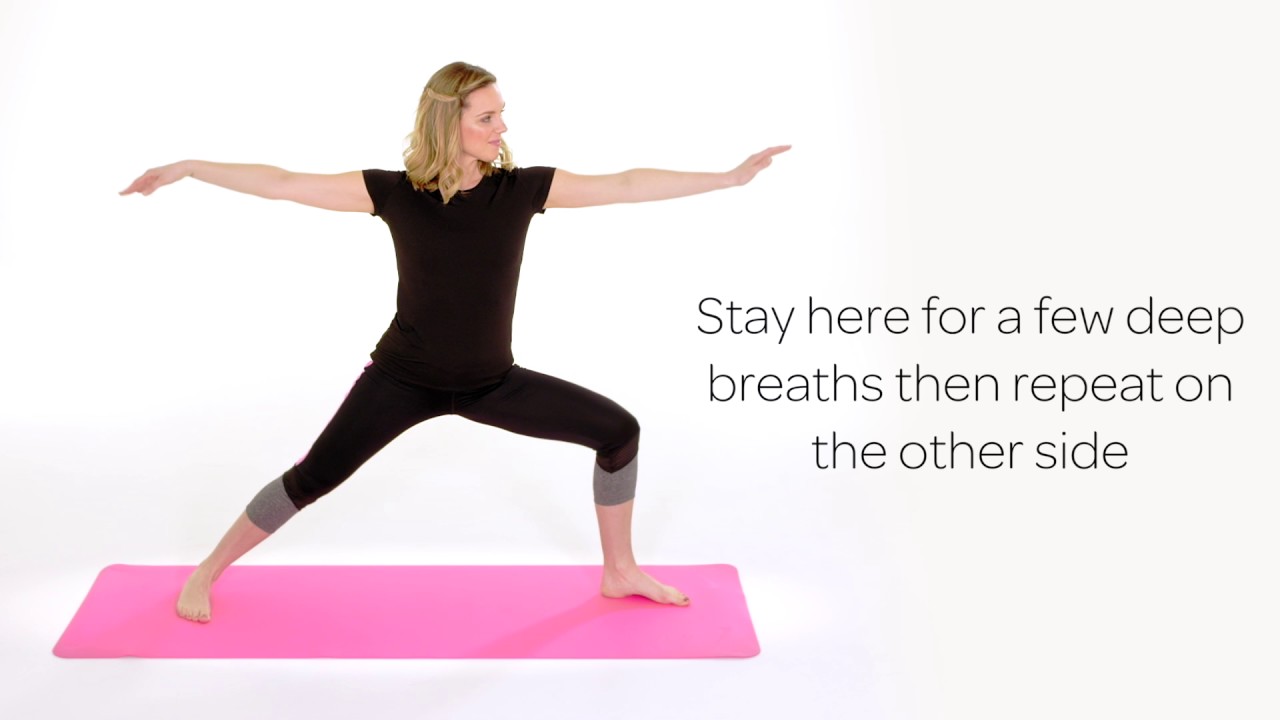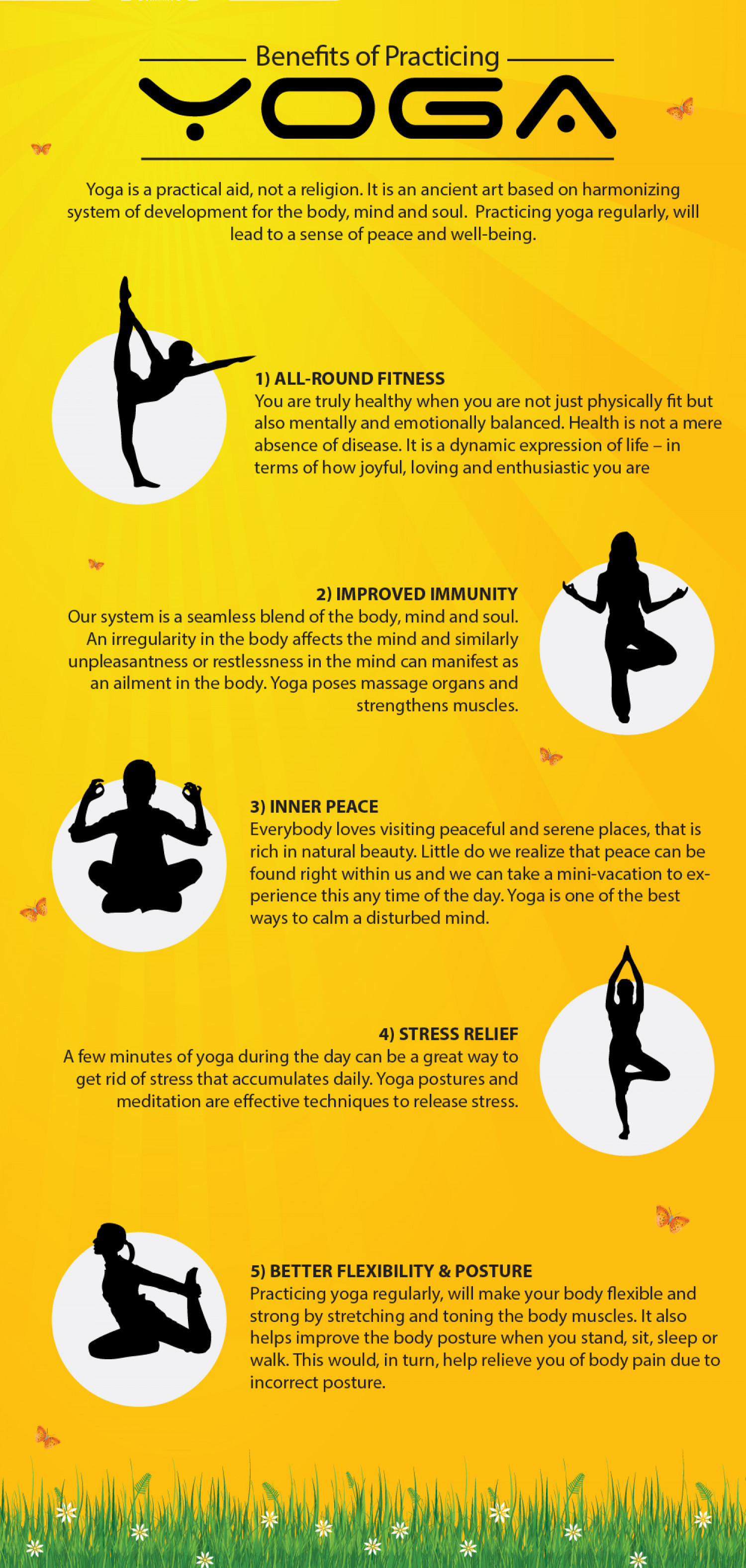
Asanas are seated positions that allow the body and mind to work together. It is important to maintain a relaxed and proper posture during asanas. It will improve your spine alignment and strengthen your abdominal muscles. It also improves your overall productivity and will make you feel more energetic. Asanas are easy to perform anywhere on the body. They are most effective when performed in the morning before going to bed.
The asana is all about the position of the body. Some asanas may be practiced in a seated position while others are done standing. In each position, the practitioner is able to focus on one point for an extended period of time. This holding tendency improves both the body's physical and mental health. This is an important benefit, since the human mind rarely stays stable. Our minds are often unstable, and we react to circumstances with fear and anger.
For this pose, you need to lie flat on the back. Keep your back straight while you are in this pose. Next, place your hands on each of your thighs. Next, lift your head straight up. This poses stretches the abdominal muscles. This can help decrease belly fat as well as strengthen your leg muscles. Doing this will help you feel calmer, more alert, and more energy. Asanas help to reduce excess belly fat as well as improve your concentration and relaxation.

Yoga poses can be difficult. The best way to learn yoga poses is to practice with a teacher or a certified instructor. To avoid injury, many instructors recommend that you do asanas with a full stomach. It is important to unify the mind, body and breath. By practicing with the right mindset, you will be able to achieve the results you seek. It will be surprising how good it makes you feel. Yoga benefits can last a lifetime.
Asanas can be helpful in meditating and treating vertigo. They can even improve your immune systems. Yoga practitioners who are well-trained can do asanas in asanas. Asanas are incredibly beneficial and you will never know what is going to happen until your mind and body explores them. Asanas are a great way to feel healthy and happy.
The asanas have many benefits. Not only do they strengthen your back and muscles, but they also stretch your arms and legs. Asanas that stretch these parts of the body can also help improve digestion. These poses make you feel stronger and more flexible. These poses can help to tone your legs, arms, and legs. You should also find the appropriate yoga pose for your body type and any health conditions you may have. This will not only increase your flexibility and tone the back but also allow you to be more flexible.
Asanas are performed in complete serenity and relaxation. Asanas shouldn't be done on bare soil as it can cause discomfort for your back. Asanas should be practiced on a yoga mat. Asanas must not be performed in a hurry. It should be done slowly and carefully. If you have a medical problem, it is best not to do asanas that twist or swirl your muscles.

Asanas should not be done with strain on the neck, back or shoulders. These asanas should be done gently, with closed eyes. Pay attention to your breathing and keep your eyes on the ground. You should bend your knees while practicing the asanas. To practice the asanas, lower your head and press your thighs against your chest. Now you should feel able to relax and breath in a steady, comfortable way.
Asanas are not only for stretching but also have a physical purpose. They stimulate energy pathways, chakras, nerves and spinal flexibility. They also help relieve stress and menstrual issues. Asanas are good for your mental and physical health. They can be done after meditating to relieve stress and depression. They can also be done prior to a workout.
Asanas not only strengthen the back and muscles but also provide relief from a variety of health issues. Asanas help reduce stress, improve the functioning the pancreas, and alleviate symptoms of menopause. Anyone who is interested in improving their health should regularly practice them. Asanas can be done anywhere and anytime. If you are consistent with your practice, you'll notice a marked improvement on your health.
FAQ
What is the best workout order?
It depends on what you are looking for. If you want to build muscle mass, then do heavy weights first. Next, move on to cardio. Next, if you're looking to lose weight then switch to strength training.
You can burn fat by just doing cardio. Then add strength training after.
If you are looking for muscle mass, cardio should be your last option. Cardio stimulates growth hormones and helps build muscle mass.
You should also eat before your workout. You will be able to give your muscles more fuel so they can work harder. This will make you feel better while working out.
Do I need to exercise every morning?
No! No! This means that you should be able to walk fast enough to feel slightly out of breath, or bike hard enough to sweat.
What is the fastest way to transform my body?
Your mindset must be changed. You must first decide to change.
Once you have decided you want to make changes, you will need to commit to your fitness goals at least for 3 months.
The next step is to find the right program for you.
Setting realistic expectations is also essential. Don't spend your hard earned money on a gym membership if you don't have the motivation to work hard.
Instead, use your own free time to exercise outdoors.
If you spend an hour a day walking around the block, you'll burn enough calories to lose 1 lb per week.
Once you have a plan, you can start to organize your life according to this plan.
You should make sure you set aside time each morning to exercise and that you take breaks throughout your day to move.
Finally, you should reward yourself when you reach milestones. This could be buying accessories or clothing that reflect your success.
What's a good workout plan for 7 days?
Three days per week should be spent on cardiovascular training, including running, biking, swimming, and two strength exercises using free weights, weight machine, as well as one flexibility/core exercise such as yoga, Pilates. It is important to complete each activity at least once weekly. Each session should not last more than 45 minutes.
Cardiovascular Exercise: Running/Biking/Swimming
It is important to complete at least 60 minutes of cardio per week. Aim for 75 minutes per week to get the best results. Cardio exercise can improve blood flow and stimulate muscle development.
Strength Training
While cardio exercises target the heart and lungs, strength training targets the muscles and bones. Strength training can help you burn calories even when you're not working out.
Flexibility & Core Workouts
Core and flexibility exercises are great ways of strengthening your whole body. Both yoga and Pilates are excellent options.
Statistics
- An estimated calorie range for moderately active adult males falls between 2,200 to 2,800 calories per day, depending on age. (eatright.org)
- 10 pounds in a month is likely during a lean bulking phase, especially for beginners. (muscleandstrength.com)
- According to the American Academy of Dermatology (AAD), men over 50 are at a heightened risk of developing it. (healthline.com)
- Candidates and applicants must pass all four tests at 70% (minimum level) to graduate from Basic Deputy U.S. Marshal (BDUSM) Training. (usmarshals.gov)
- According to the American Heart Association, blood pressure should be checked at least once every two years, beginning at age 20. (my.clevelandclinic.org)
External Links
How To
How do I lose weight while working out?
Exercise burns calories through increased metabolism and oxygen consumption.
Exercise at a moderate intensity to safely lose weight.
These are some tips to help you lose fat while working out:
-
Do cardio exercises such as walking, swimming, jogging, cycling, running, or elliptical training.
-
You can exercise for 30 mins three times per week.
-
You can lose weight by adding strength training to the routine.
-
Avoid intense workouts. You can build muscle without breaking down muscle tissue.
-
Keep hydrated during exercise. Water helps flush out toxins and keep your body properly hydrated.
-
After exercising, you should drink low-fat protein drinks. Protein shakes repair muscles and increase energy.
-
Smaller meals are better for you.
-
Don't skip breakfast! Skipping breakfast can make you tired and sluggish.
-
Take care of your mind. Stressful situations can slow metabolism.
-
Keep a positive attitude. Studies show that overweight people are more likely to be obese than those who perceive themselves as attractive.
-
Sleep enough. Lack of sleep makes it harder to burn fat.
-
Always be active. Be sure to get up and move around every hour or two.
-
Maintain a healthy diet. You will feel fuller longer if you eat right.
-
Relaxation is possible by finding ways to relax. Relaxing doesn't mean your body releases stress hormones which cause muscle tissue to be destroyed.
A balanced diet provides all the nutrients necessary for growth and development.
You should eat six small meals per day rather than three large ones. This gives your body more time to digest the food you eat.
To maintain strong bones, you need to consume 500 mg of calcium each day. Calcium is found in dairy products like yogurt, fortified milk beverages, orange juices, cereals and bread.
Calcium is found in leafy vegetables, beans and tofu, as well nuts, seeds and cheese.
Vitamin D is required by the body to absorb calcium. Vitamin D is found in certain fortified foods, such as egg yolk and fatty fish.
Vitamin E is vital for your skin's health. Vitamin E can be found in vegetable oils as well as wheat germ oil, peanuts and almonds.
Your body needs zinc for normal immunity function and wound healing. Zinc is found in seafood, oysters legumes meats, whole grains, whole grains and meats.
Zinc deficiency can cause fatigue, loss of appetite, depression, and impaired immunity.
Sugar intake can lead to insulin resistance which causes blood glucose levels to rise. Insulin resistance leads directly to weight gain.
Insulin resistance is caused by high blood levels of free-radicals. Free radicals are molecules that have unpaired electrons, which can cause damage to cell membranes or other parts of your body.
Free radicals come mainly from food additives, pesticides, herbicides, preservatives, smoking, air pollution, radiation, chemicals in cosmetics, lotions, and household cleaning supplies.
Free radical damage can cause cancer, heart disease and diabetes, as well as arthritis, asthma, and other diseases.
The best way to avoid free radicals is to eat a balanced diet high in antioxidants. Antioxidants protect against oxidative damage.
Antioxidant vitamins include Vitamin C (found in citrus fruits), beta carotene (found in carrots, sweet potatoes, spinach, broccoli, cantaloupe, apricots, squash, mangoes, peaches, peppers, tomatoes, cabbage, cauliflower, kale, Brussels sprouts, collard greens, watermelon, and strawberries), and Vitamin E (found in nuts, olive oil, avocados, and eggs).
Selenium, copper and manganese are all antioxidant nutrients.
Selenium protects cells against oxidative damage from free radicals. Selenium is also found in Brazil nuts.
Copper protects the brain, eyes, lungs, and red blood cells. Copper is found in shellfish, poultry, meat, and organ meats.
Manganese plays an important role in bone structure. Manganese may be found in brown rice or spinach, bananas and prunes as well raisins, oatmeal and lentils.
Zinc is important for healthy growth, reproduction, and wound-healing. Zn can be found in lean cuts, white fish, poultry, eggs, and other foods.